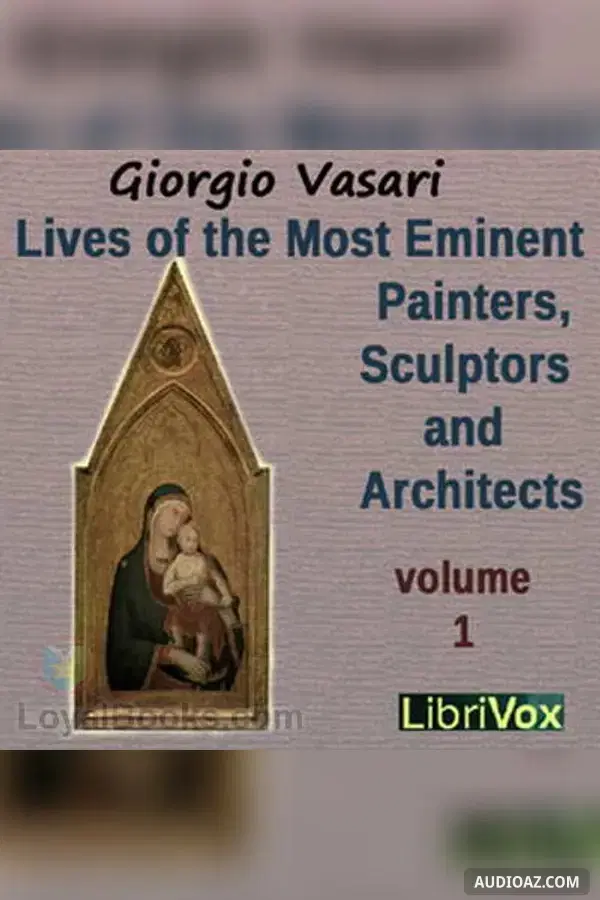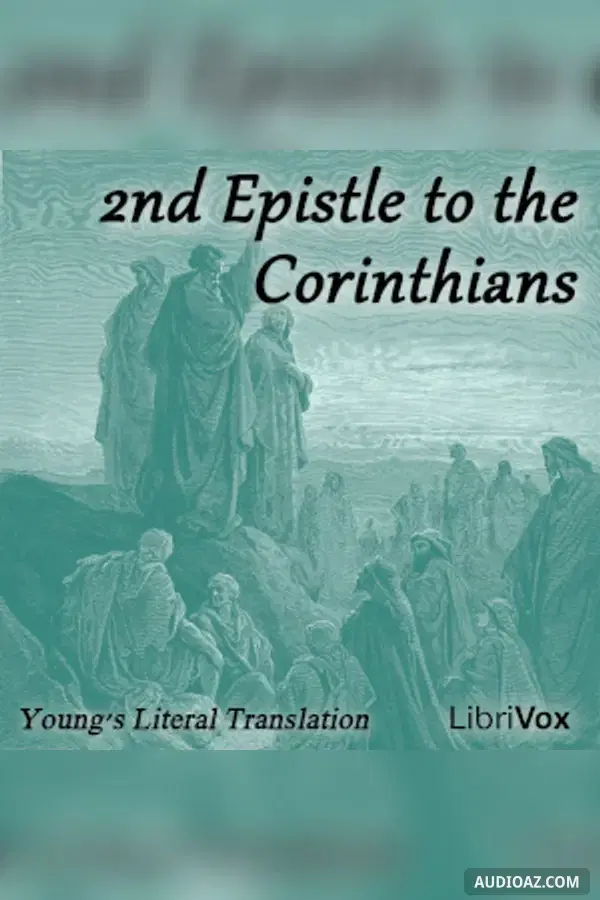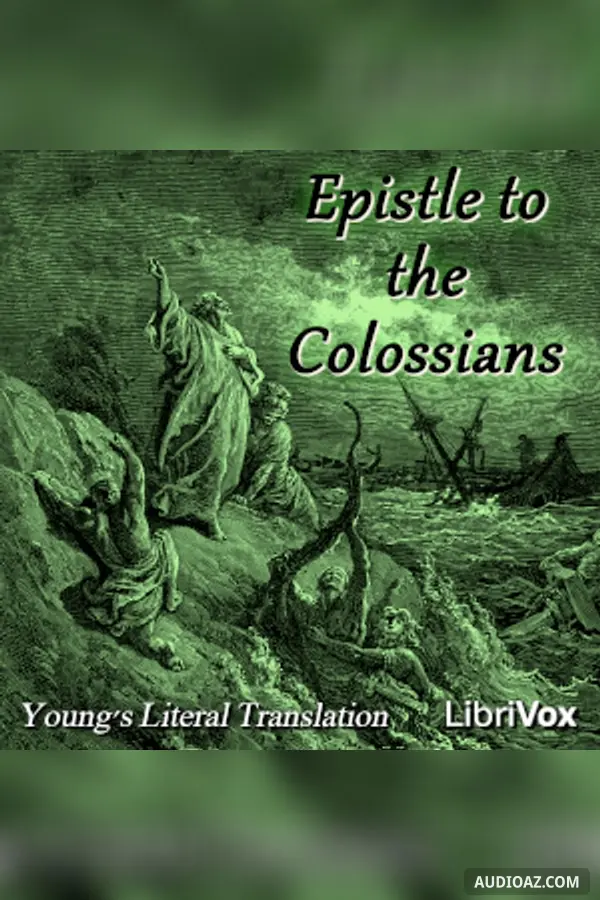
Lives of the Most Eminent Painters, Sculptors and Architects - Audiolibro Gratis
Autor(es): Giorgio Vasari
Idioma: English
Género(s): Arte, diseño y arquitecturaBiografíaNo ficción infantilHistoriaNo ficción
1 / 2501 - Translator's Preface and Dedications to Cosimo de Medici
- 1. 01 - Translator's Preface and Dedications to Cosimo de Medici
- 2. 02 - Preface to the Whole Work
- 3. 03 - Preface to the Lives
- 4. 04 - Giovanni Cimabue
- 5. 05 - Arnolfo di Lapo
- 6. 06 - Niccola and Giovanni of Pisa
- 7. 07 - Andrea Tafi
- 8. 08 - Gaddo Gaddi
- 9. 09 - Margaritone
- 10. 10 - Giotto, part 1
- 11. 11 - Giotto, part 2
- 12. 12 - Agostino and Agnolo of Siena
- 13. 13 - Stefano and Ugolino Sanese
- 14. 14 - Pietro Laurati
- 15. 15 - Andrea Pisano
- 16. 16 - Buonamico Buffalmacco, part 1
- 17. 17 - Buonamico Buffalmacco, part 2
- 18. 18 - Ambrogio Lorenzetti
- 19. 19 - Pietro Cavallini
- 20. 20 - Simone Sanese
- 21. 21 - Life of Taddeo Gaddi, Painter of Florence
- 22. 22 - Andrea di Cione Orcagna
- 23. 23 - Tommaso, called Giottino
- 24. 24 - Giovanni dal Ponte
- 25. 25 - Agnolo Gaddi
Acerca de
The Lives of the Most Excellent Italian Painters, Sculptors, and Architects, from Cimabue to Our Times, or Le Vite delle più eccellenti pittori, scultori, ed architettori, as it was originally known in Italian, is a series of artist biographies written by 16th century Italian painter and architect Giorgio Vasari, which is considered "perhaps the most famous, and even today the most- read work of the older literature of art", "some of the Italian Renaissance's most influential writing on art", and "one of the founding texts in art history".
Vasari's work has been described as "by far the most influential single text for the history of Renaissance art" and "the most important work of Renaissance biography of artists". Its influence is situated mainly in three domains: as an example for contemporary and later biographers and art historians, as a defining factor in the view on the Renaissance and the role of Florence and Rome in it, and as a major source of information on the lives and works of early Italian artists.
Comentarios
Sé el primero en comentar
Aún no hay comentarios sobre este contenido. ¡Inicia la conversación!
Descubrir Más
Etiquetas: Lives of the Most Eminent Painters, Sculptors and Architects audio, Lives of the Most Eminent Painters, Sculptors and Architects - Giorgio Vasari audio, Arte, diseño y arquitectura audio, Biografía audio, No ficción infantil audio, Historia audio, No ficción audio, free audiobook, free audio book, audioaz






